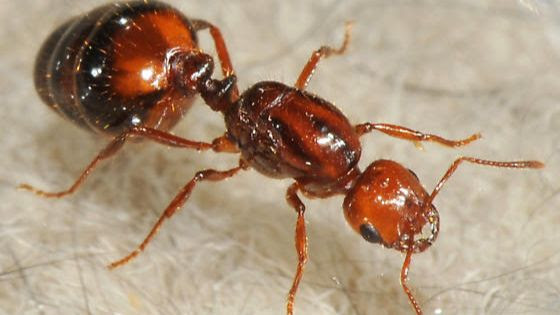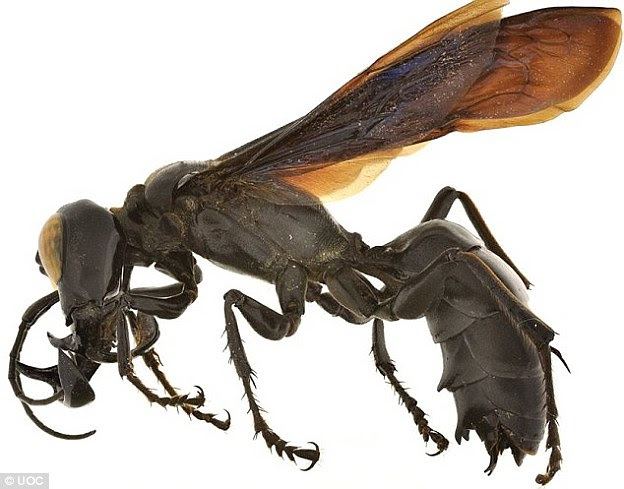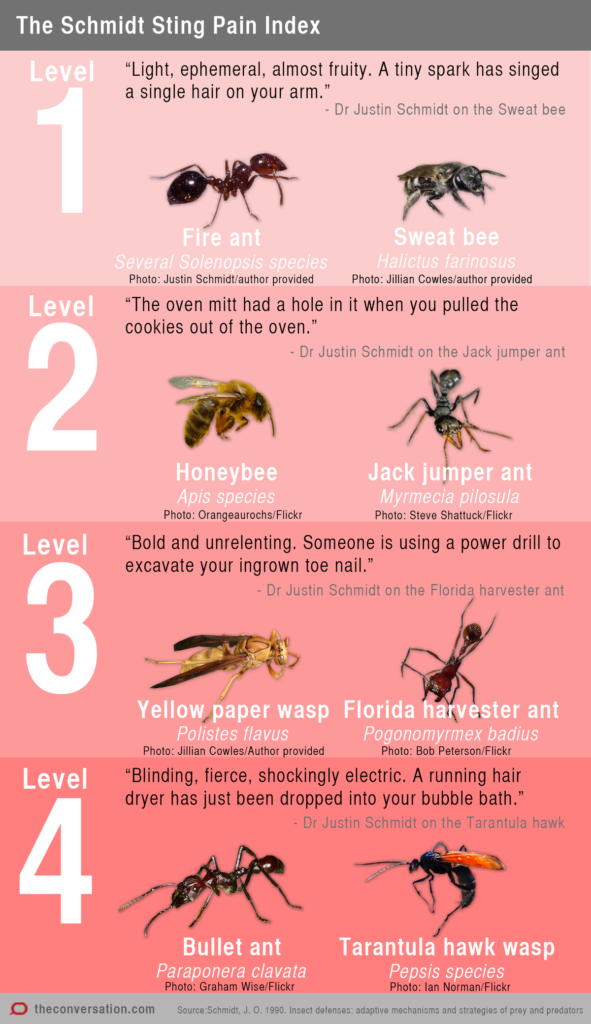Welcome Back to the Lab!
We’ve all been there; contentedly enjoying a summer afternoon, traipsing across the lawn in bare feet when: boom. Bee underfoot. A yelp is issued. Obscenities are suddenly the only words you know. If only there was a way to quantify this kind of searing pain… enter, the Schmidt pain index.
Developed by Justin Schmidt, an entomologist and researcher with the Southwestern Biological Institute, the Schmidt pain index aims to rank the stings of hymenopterans (bees, ants and wasps). Schmidt was inspired to create the pain scale back in the early 70’s, when he and his now wife were researching and collecting harvester ants, and both were stung. The stings were unlike anything Schmidt had experienced before, so he began a side project researching the biochemistry and effects of hymenopteran venom; and in the process of creating the scale, Schmidt was stung. A lot.
Pain is entirely subjective, so adding a numerical value, while valuable for researchers, is not necessarily useful for those of us who’ve never encountered an insect that ranks as 2.5 out of 4. So Schmidt added colorful descriptions to each ranking in order to convey the true experience of the sting. Ever wondered what it would be like to be stung by a tarantula hawk? Now you don’t have to.
Solenopsis invicta
Red imported fire ant

Dasymutilla gloriosa
Thistledown velvet ant

Polybia sericea
Fierce black polybia wasp

Synoeca septentrionalis
Warrior wasp

Justin Schmidt has been called the original “King of Sting.” He carefully catalogued and recorded his experiences in detail, long before the emergence of YouTube and hungry content creators seeking bullet ant bites in exchange for likes. His work on the pain index as well as his research on venom has been invaluable to the scientific community. If you want to know more about the “ouch factor” of hymenopterans, check out his book, The Sting of the Wild.

Until next time, thanks for visiting the lab!
Bug Wrangler Brenna
brenna@missoulabutterflyhouse.org